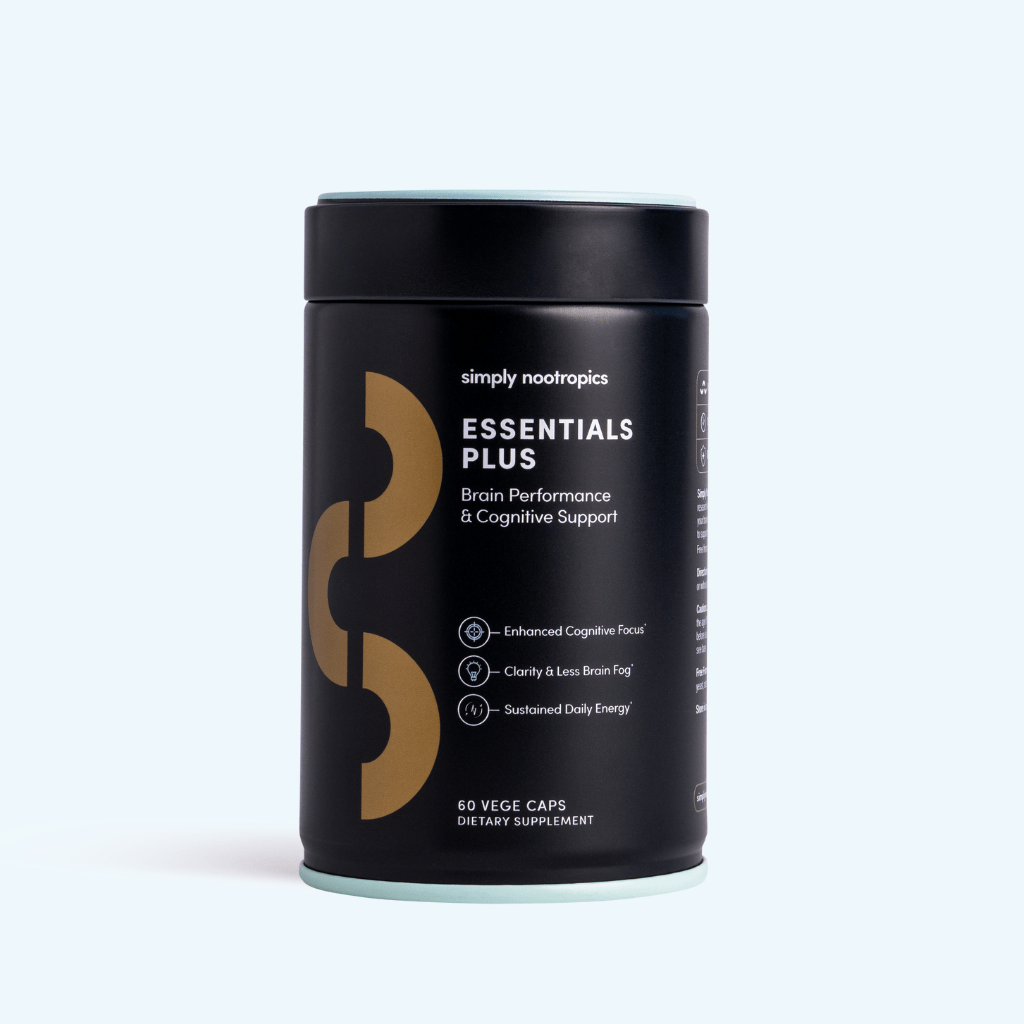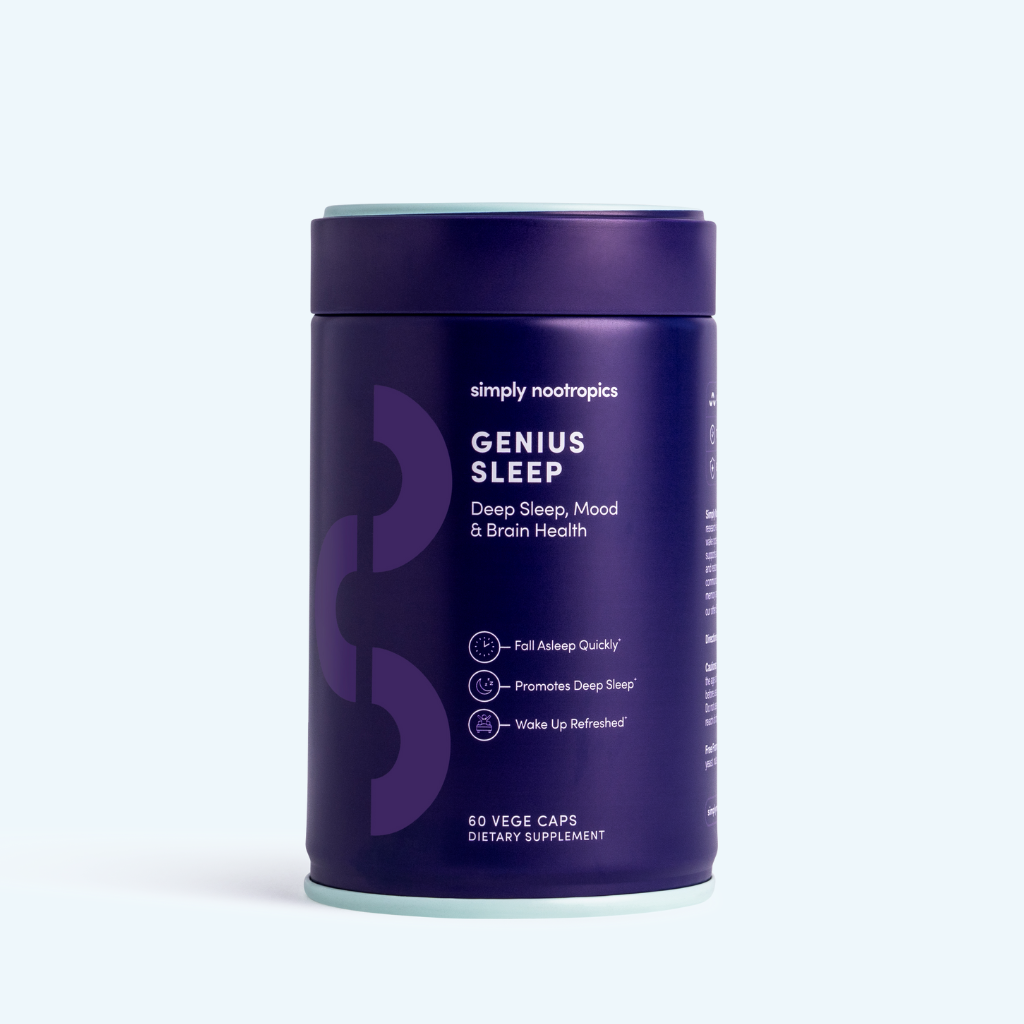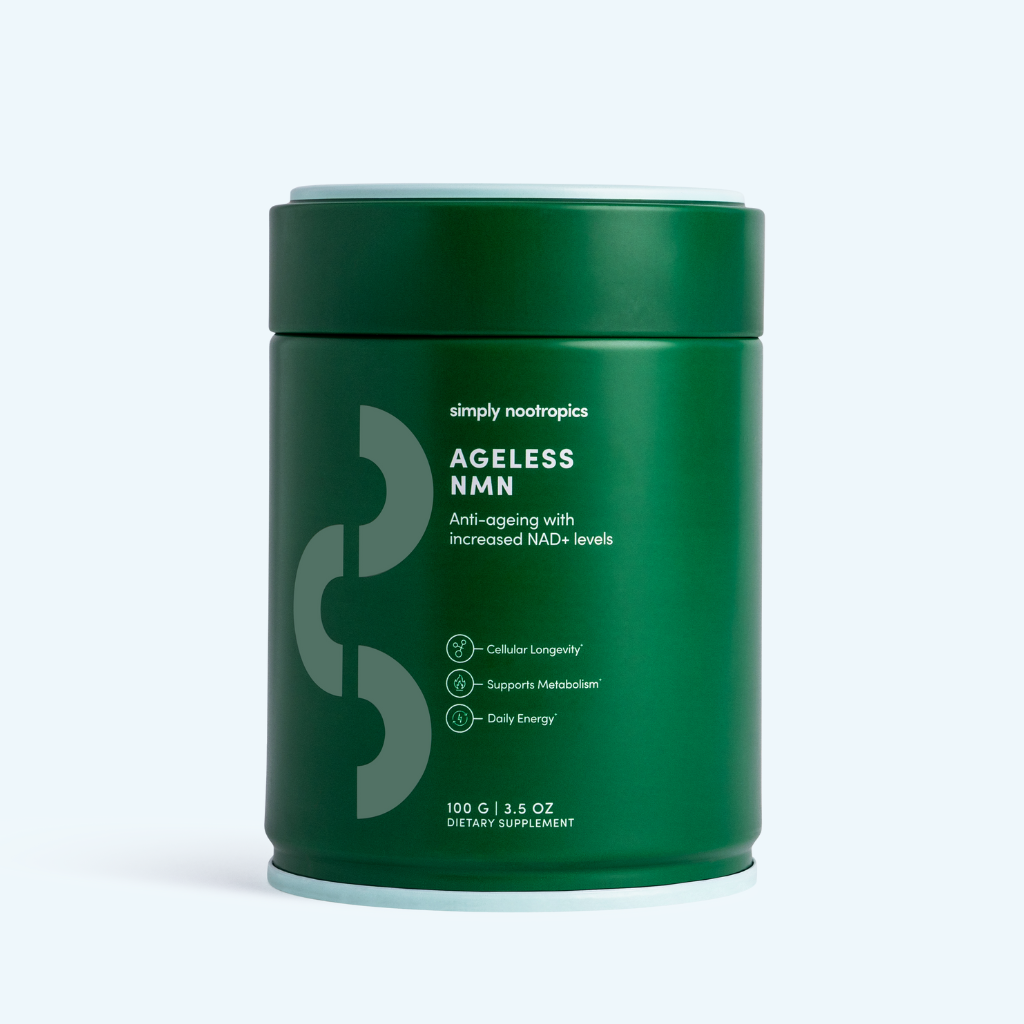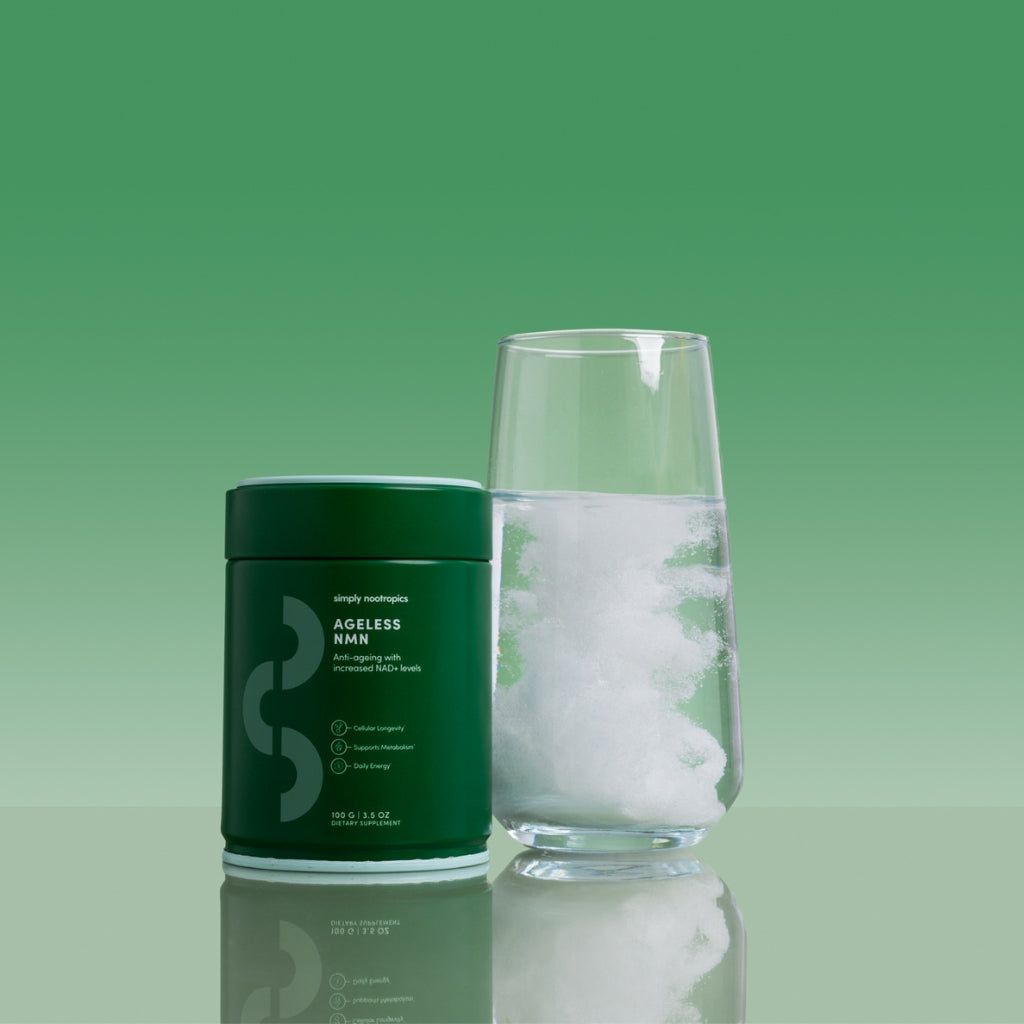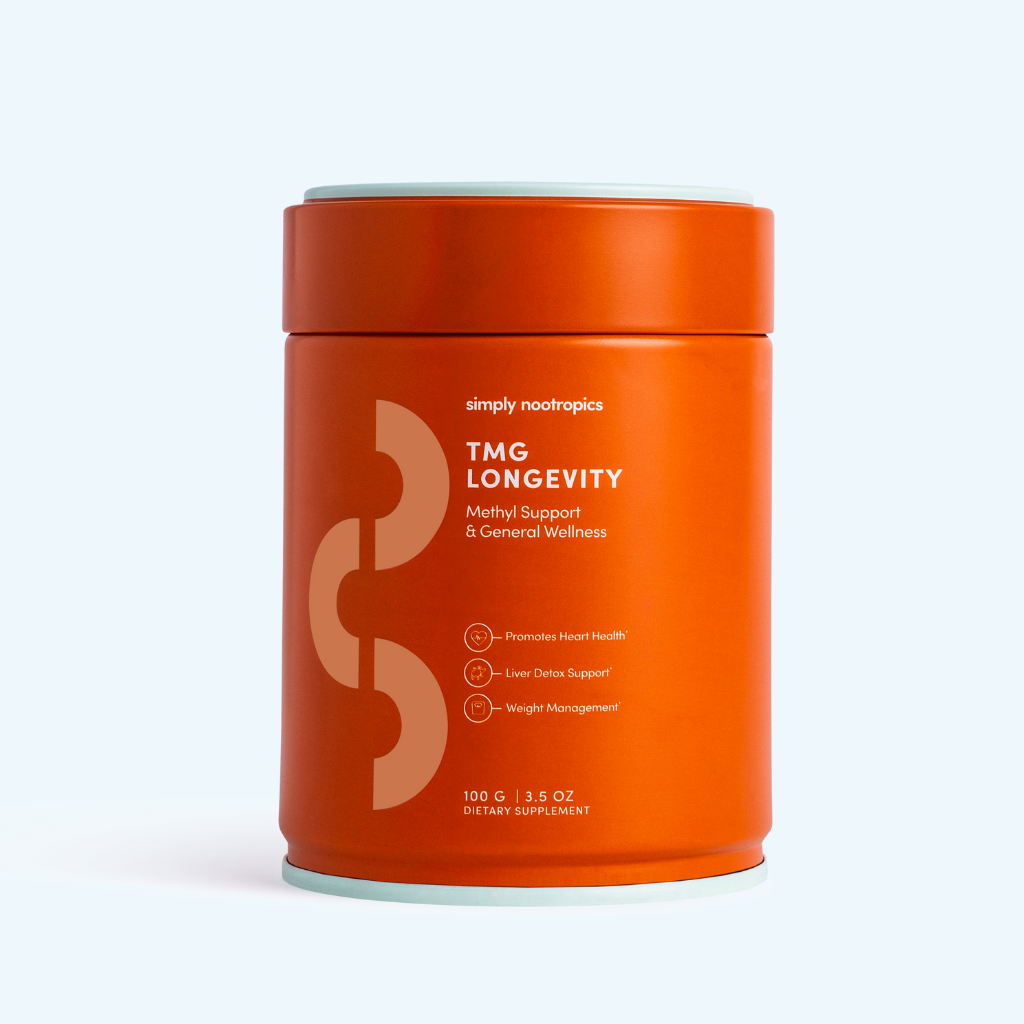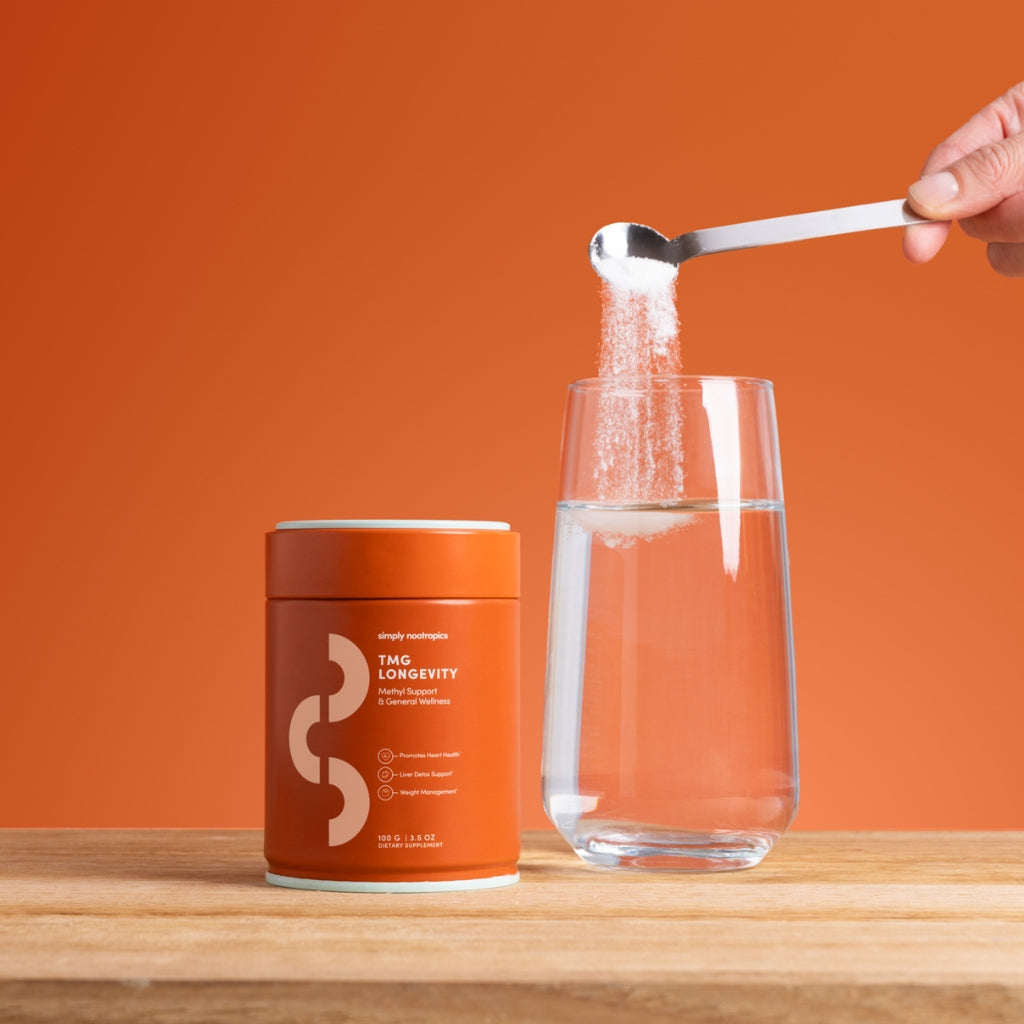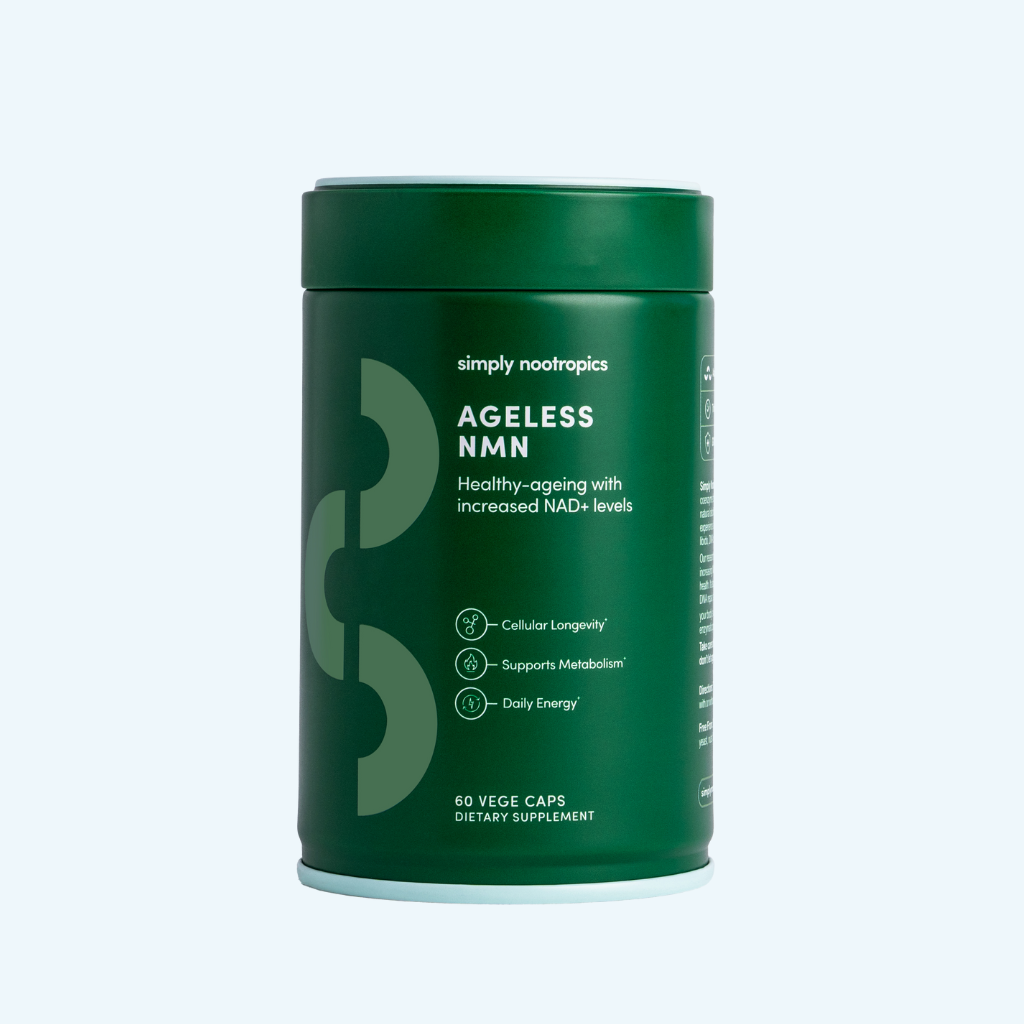From dogs’ blood chemistry to human sitting habits, recent studies are refining what we know about how living systems age, and how daily choices might help preserve resilience.
The field of longevity science is no longer confined to laboratories or rare genetic mutations. Increasingly, it’s moving into the real world - into homes, offices, and even kennels - to study how ordinary behaviours influence the biology of ageing.
1. Dogs and the Chemistry of Biological Age
A new analysis from the Dog Ageing Project (DAP) has identified metabolic clues that distinguish young from old dogs, findings that could shed light on how proteins and organs age in humans too.
The DAP, which began enrolling pets in 2020, is following tens of thousands of dogs to understand how lifestyle, genetics, and environment interact with ageing. Unlike lab animals, these dogs live with people, offering data that more closely mirrors human life.
In this latest study, researchers examined 133 metabolites, including amino acid derivatives, fatty acids, and phosphate compounds. Nearly half were affected by age, with the most notable differences found in post-translationally modified amino acids, by-products of protein turnover known as ptmAAs.
Levels of these molecules shifted with age independently of diet, pointing instead to changes in kidney function and protein metabolism. Two markers of kidney health, like blood urea nitrogen (BUN) and creatinine, strongly correlated with ptmAAs. The pattern suggests that how efficiently the body filters and recycles proteins could be a powerful indicator of biological age.
Because dogs age faster than humans, the DAP’s data may help identify early biomarkers of metabolic decline long before traditional symptoms appear. It also reinforces the view that ageing is not just about DNA damage, but about how well the body maintains and clears the molecular debris of life.
2. Flavanols Counteract the Effects of Sitting
Researchers at the University of Birmingham have found that consuming flavanol-rich foods can protect vascular function during prolonged periods of sitting, a daily habit now recognised as a major risk factor for heart disease.
In their study, forty young men consumed either a high-flavanol cocoa drink or a low-flavanol version before sitting for two hours. Those who drank the high-flavanol cocoa maintained healthy blood-vessel dilation in both arms and legs, while the low-flavanol group showed significant declines.
This improvement was measured by flow-mediated dilatation (FMD), a standard indicator of arterial flexibility. Even participants with high baseline fitness lost vascular function when sitting without flavanols, suggesting that exercise alone does not offset the effects of prolonged inactivity.
Flavanols, a class of polyphenols found in cocoa, tea, berries, and apples, are known to enhance nitric oxide signalling and improve endothelial health. In this experiment, they effectively blunted the vascular impairment caused by sitting still, confirming that diet can modulate short-term vascular stress.
With sedentary behaviour linked to a 13% higher risk of cardiovascular disease for every 1% decline in FMD, this finding highlights an easy, daily intervention: pair screen time with polyphenols. A handful of berries, a square of dark chocolate, or a cup of tea might help counteract the vascular stagnation of desk life.
3. Heat Waves and Sleep Apnoea
As global temperatures climb, even our nights are changing. A five-year European study tracking 67,558 adults found that obstructive sleep apnoea (OSA) worsens significantly during heat waves.
OSA (marked by snoring, disrupted breathing, and repeated awakenings) raises risks for hypertension, heart disease, and diabetes. Using under-mattress sensors, researchers recorded breathing patterns, heart rate, and movement, matching the data to local nighttime temperatures.
During heat waves, the risk of moderate-to-severe OSA rose by 13%, increasing by a further 1.1% for every 1°C rise in temperature. The link was strongest when humidity was also high.
The mechanisms are still being explored, but researchers suggest several factors: warmer nights fragment sleep, increase fluid retention, and may reduce the use of continuous positive airway pressure (CPAP) devices. Heat can also alter respiratory drive and cardiovascular stability.
As heat waves become more frequent, OSA joins cardiovascular and kidney disease among chronic conditions worsened by climate change. The study’s authors suggest simple mitigations, from cooling rooms and staying hydrated to reconsidering night-time alcohol use, which further relaxes airway muscles.
4. How We Walk May Matter More Than How Much
A large-scale UK Biobank analysis has challenged one of the most basic assumptions in exercise science: that total steps alone determine health benefits.
Following 33,560 adults who averaged fewer than 8,000 steps per day, researchers compared walking patterns - short bursts versus longer, continuous bouts - and found that how people accumulated their steps predicted mortality and cardiovascular risk.
Over nearly ten years, participants who walked mainly in brief bursts under five minutes had the highest rates of death and cardiovascular disease. Those who took longer, continuous walks of ten to fifteen minutes or more had significantly lower risks, even when total step counts were the same.
The trend held even for sedentary individuals taking under 5,000 steps per day: longer, deliberate walks conferred measurable protection.
These results suggest that movement “snacking” (quick, fragmented walking) may not stimulate the cardiovascular and metabolic pathways triggered by sustained effort. For people with desk-bound jobs, a single purposeful walk may matter more than chasing step totals in short intervals.
What These Findings Have in Common
Across these studies, from ageing dogs to desk workers, a consistent pattern emerges. Ageing is less about time and more about rhythm and repair. It could be amino acid recycling in the kidneys, endothelial responses to sitting, or sleep disruption during hot nights, but longevity depends on how well our systems recover equilibrium after stress.
In every case, small interventions, like flavanols, consistent sleep environments, structured movement, nutritional support, can improve the body’s capacity to maintain that balance. The goal isn’t to eliminate stress, but to restore recovery.
Ageless NMN Spotlight
The molecular patterns seen in these studies all trace back to energy metabolism and repair, processes in which NAD⁺ plays a central role. This coenzyme fuels mitochondrial activity, DNA maintenance, and cellular signalling, and its levels naturally decline with age.
Ageless NMN was developed to counter that decline. It delivers a pure, clinically researched form of nicotinamide mononucleotide (NMN), the most direct and efficient precursor to NAD⁺, formulated for optimal stability and absorption. By supporting healthy NAD⁺ levels, Ageless NMN helps sustain mitochondrial performance, vascular integrity, and cellular repair - the same mechanisms that underpin the endurance, focus and recovery seen in long-lived species.




